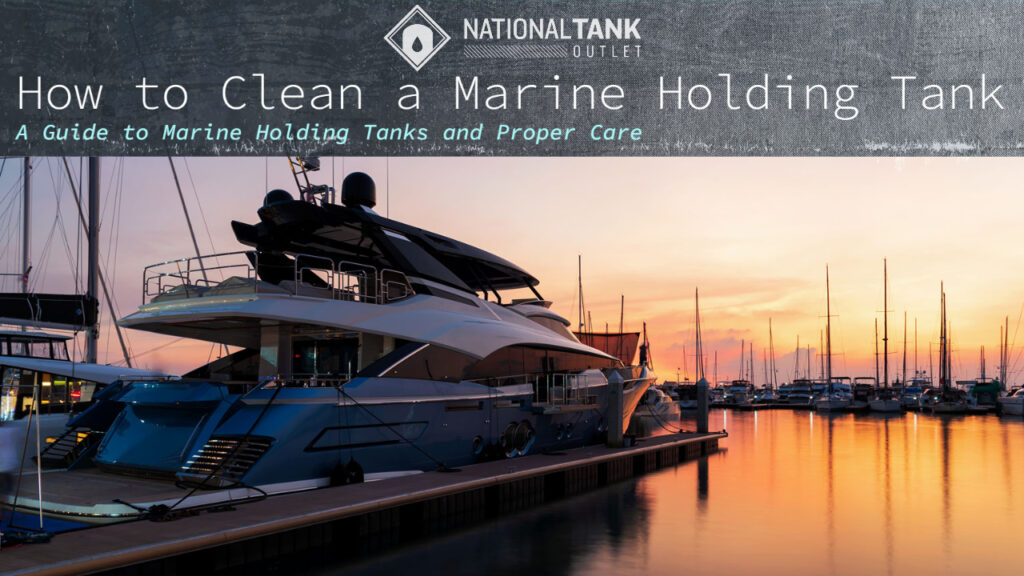
Bottom line, if you are a boat owner with an on-deck toilet that gets used, proper upkeep of the marine holding tank is an important and necessary job. Whenever maintenance is regularly performed, it will make less work of this least pleasant of tasks, because as with many things, the longer you leave something, the worse it tends to get. And any holding tank problem that results in repairs is undesirable as it is often expensive and can leave you and your boat docked up on shore rather than out on the water.
In this guide to marine holding tanks and how to clean them, we will cover the good, general maintenance that is needed to keep your system clean and operating optimally. In addition, we will outline the basics, some common considerations, problems and troubleshooting that are frequent to help care for your boat’s septic tank.
First, let’s review the basics on marine holding tank systems.
Marine Holding Tanks 101: The Basics
The marine holding tank is also known as a blackwater tank and marine sanitation device. A blackwater tank is a container designed and designated to hold human wastes (and this only) that are flushed down a toilet. On boats, this is often referred to as a head.
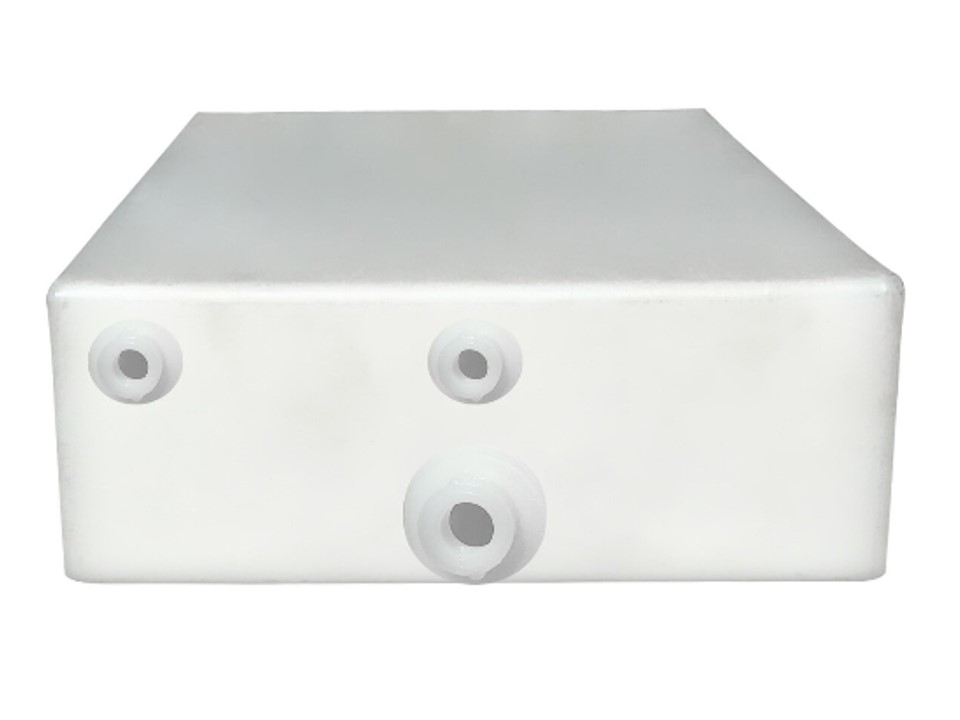
There are laws* that cover the proper handling and disposal of wastes aboard marine vessels. If the boat is equipped with a head, law codes often require a Type III Marine Sanitation Device (MSD: a.k.a. your holding tank), to be installed as it is unlawful to directly discharge wastes unless in specific zones*.
While more complex devices are available, most boats are fitted with a simple holding tank system that features only a few parts. The MSD will often include: (1) the wastewater tank, (2) head inlet, (3) air pressure vent hose, (4) pump out discharge outlet, and (5) often: a macerator and thru-hull, overboard seacock.
To define these parts of the marine septic tank system:
- Wastewater Tank: Holds liquid and solid wastes until time of proper removal. Commonly manufactured from polyethylene plastic with volumes frequent from as small as 3 gallons up to 280 gallons.
- Head Inlet: Connects the flush toilet to the holding tank for receipt of wastes.
- Air Pressure Vent Hose: Exterior port that prevents over-pressurization of the MSD and allows air flow for pumping of tank contents.
- Pump Discharge Outlet: All-important holding tank outlet and to-deck connection pipe for pump-outs when docked.
- Macerator and Seacock: Comparable to a sink garbage disposal, macerators chop and liquify wastes and allow overboard release via the seacock when in an approved discharge zone.
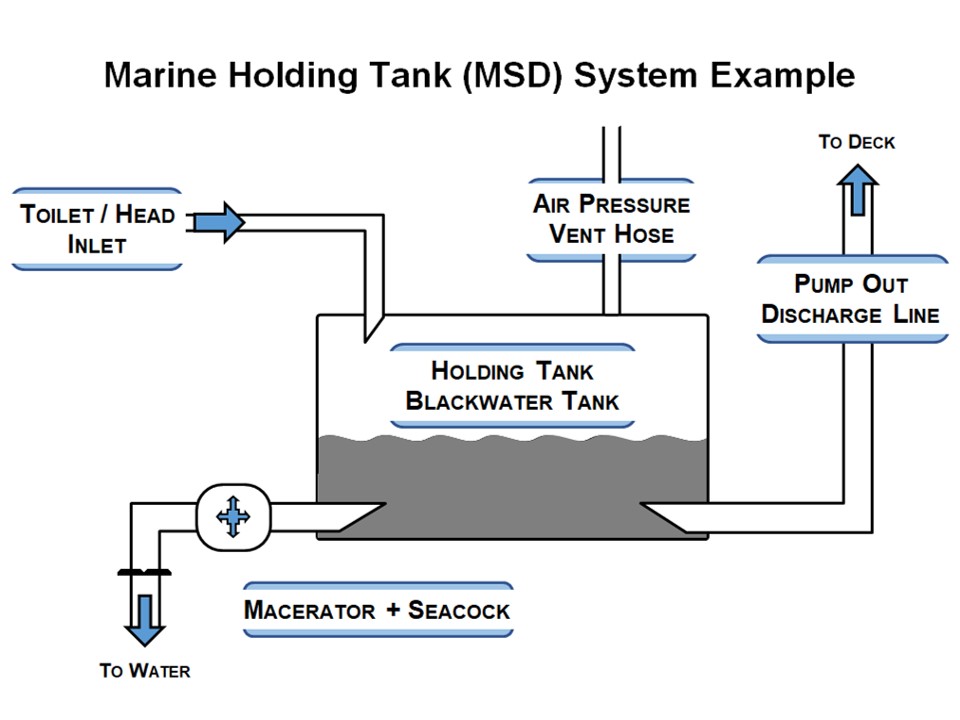
Marine Holding Tank Maintenance: Pumping & Cleaning
If a boat’s living quarters or restroom has an unpleasant or lingering smell, this can indicate it’s time to pump and/or clean your holding tank. It can also mean that maintenance needs done more often or that something is lacking from the regular routine. If you live for periods of time on your boat or are a weekender during the season, then your black water tank system is regularly used and caring for it is vital if you want to have an odorless cabin and a functional system.
If properly maintained, a marine holding tank should not experience hard tank deposits, calcium carbonate, or “concrete” type sludge. Waste and sludge should never be left so long in the holding tank they solidify as this becomes a different problem and will require a different, more work and cost intensive solution.
Steps to Tank Maintenance
Tank maintenance can be broken down into four parts: (1) Pumping, (2) Flushing, (3) Treatments, (optional but helpful), and (4) Troubleshooting (when something’s not gone to plan).
- Pumping: Marine holding tanks have plumbing that connects to the deck plate where they feature a pump-out valve. Pumping a black water tank is a matter of knowing when it’s time to pump and following the directions at the pump-out service station at port.

- Pump the holding tank when the tank gauge (or a fair estimate) indicates it’s no more than 2/3 full or when a bothersome odor is hanging about the boat.
- Pump out directions tend to be fairly straightforward and are often posted at the equipment. In general, pumping includes: (a) opening the boat’s on-deck discharge port, (b) connecting the service pump plumbing to the boat fitting, (c) opening of any valves if present, (d) turning on the pump, (e) pumping until sight glass pumps clear, (f) cleaning, returning and/or shutting off the service pump, and (g) ensuring your boat’s deck fitting is capped and valves are closed.
- Flushing: Wastes that enter the holding tank are water soluble or will suspend in water, which means they can be removed by flushing the tank. To flush, first pump the tank dry, then fill with freshwater and re-pump.
Flushing promotes further break up and removal of any solid wastes left behind after the initial pump out. This process may need performed multiple times. Repeated flushing of your MSD system is often all that is needed to dislodge and clean out a layer of accumulated tank sludge.
- Treatments: Common marine holding tank treatments include enzyme and/or nitrate additives. While not necessary for a healthy, operational tank, additives promote tank cleanliness, reduce odors and can make regular cleaning easier by helping to break down wastes and sludge.
- Troubleshooting: Sometimes MSD maintenance does not go as expected. When problems arise: do a step-by-step troubleshoot. Some common problems with marine holding tanks:
(1) Loss or insufficient amount of suction can be due to a pump priming problem or a bad pump diaphragm. In these instances, ask for help or service from the pump station owner.
(2) Tank contents are not being removed by the pump can be due to a clogged outlet plumbing on the holding tank, or an unopened or clogged tank vent line, which can result from debris, insect activity, toilet tissue or wastes within the vent plumbing. Both cases can often be fixed using a plumber’s snake.
(3) Sludge layer remains after flushing the holding tank can be a result of too much time between maintenance. Sometimes filling the holding tank with clean water and agitating the water by chopping the boat can break up materials for their removal. If this doesn’t work, add a small amount of liquid detergent and repeat the agitation and flushing process.
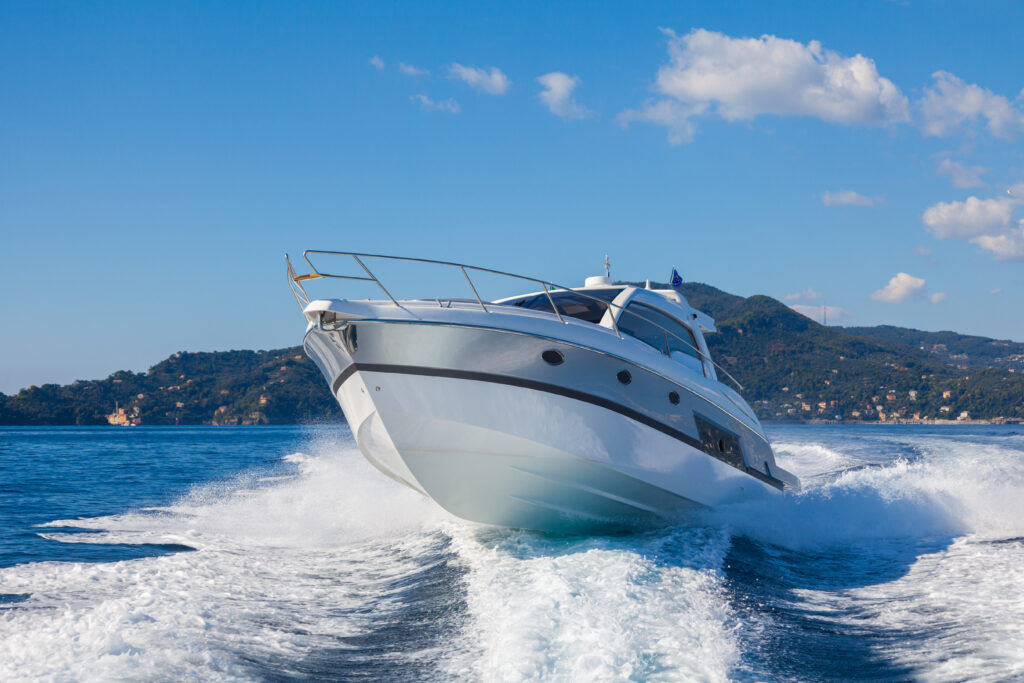
Important Maintenance Notes / Considerations
- Drain cleaners are a definite no for a marine holding tank. Using them can actually increase the buildup of scale within the tank (due to chemical reactions) or it can attack plumbing components and parts (due to the chemicals in the cleaner), causing damage that can lead to costly failure and replacement of the system.
- Preferably use freshwater rather than seawater to flush onboard toilets as well as to prime the holding tank. The use of seawater can react with chemicals associated with human wastes and its breakdown (uric acid) that will lead to scale deposits (calcium carbonate), which can be fairly difficult to remove.
Final Care Considerations for Marine Holding Tanks
- Always: use bathroom toilet paper listed for marine vessels, RVs, or septic tanks only. These types are designed to break down and apart quicker, making it less likely to experience a clog or other issues.
- Never: flush anything other than wastes down the head: biodegradable or not. The entire MSD system and pump-out stations are intended to handle human wastes only. Food, personal care or hygiene items can quickly cause plumbing to clog, leading to sometimes difficult and costly fixes that can leave your holding tank (and boat) out of commission.
- Sometimes: marine black water tanks need replacing. Boat owners often choose to buy a new holding tank whenever it was neglected by a previous owner, when improper activity has caused damage, when extended use calls for its replacement, or when they want to upgrade to a larger volume tank.
*Common marine sewage laws and regulations:
- Boating vessels with a toilet installation must have that toilet fitted to a full Marine Sanitation Device, where Type III designs are most common but other treatment methods can be acceptable.
- A general guideline at the time of this writing, untreated waste is illegal for release within three (3) miles of coastal shores and within all inland waters such as lakes and rivers. This may vary by region.
- Certain protection areas are prohibited discharge zones even for treated wastewater. Always verify your sailing zone prior to disposal.
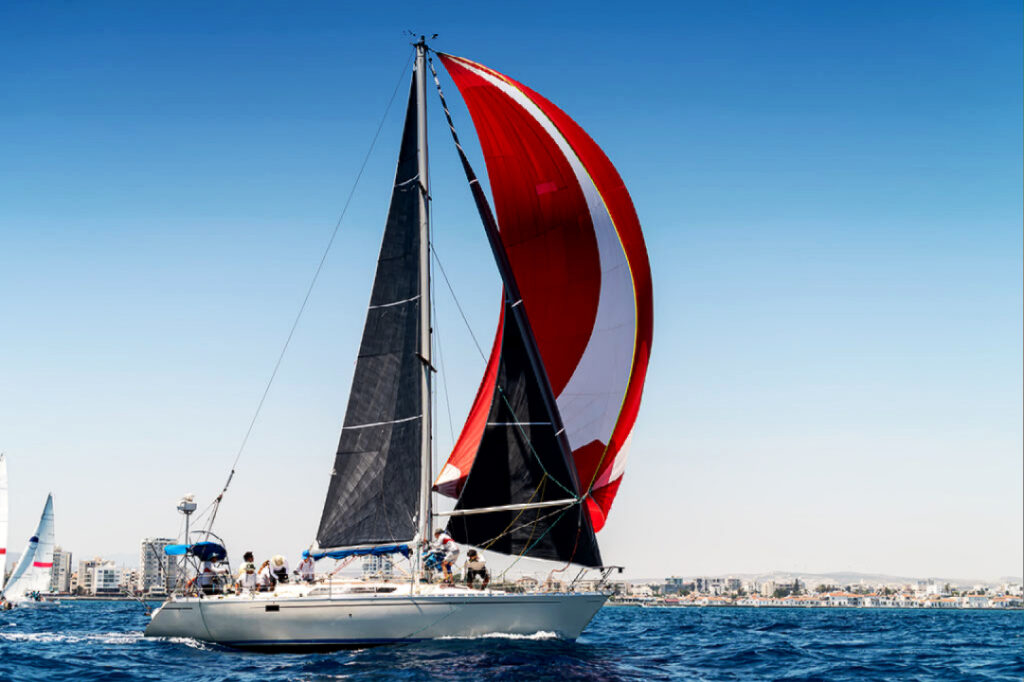
Takeaway | Cleaning a Marine Holding Tank
Caring for your boat’s onboard septic tank may not be the most pleasant responsibility, but you, your shipmates and your holding tank will thank you when it is properly maintained. And thankfully, if regularly maintained, caring for a marine holding tank can be a fairly simple and easy process only needing to be pumped, rinsed and flushed. In most cases, tank treatment additives are not necessary and only assist in making tank maintenance easier. Deep cleaning of a tank is mostly reserved for when upkeep has been overlooked or in neglected tanks.
We hope our how-to guide has helped in better understanding your boat’s blackwater holding tank and how to clean it. If you are in need of a replacement tank, we provide a range of long service, top-of-the-line marine holding tanks made by some of the industry’s leading manufacturers and suited for most vessels up to 280 gallons. If you have any questions, comments or needs, don’t hesitate to contact us. All the best, and as always: happy boating!